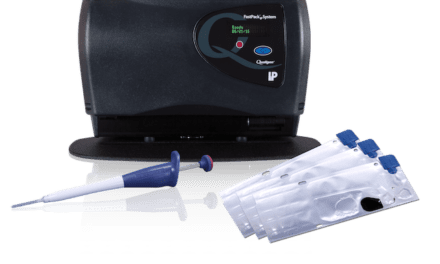The Clinical and Laboratory Standards Institute (CLSI; Wayne, PA) has published a new version of its guideline on Measurement Procedures for the Determination of Lead Concentrations in Blood and Urine (approved guideline C40-A2; 2nd ed.). The guideline is intended for members of the clinical laboratory testing community involved in the collection and measurement of lead in blood and urine.
The guidance provides direction for specimen collection, measurement by graphite furnace atomic absorption spectrometry, anodic stripping voltammetry, and inductively coupled plasma mass spectrometry. It includes guidelines for quality assurance and quality control, as well as information on proficiency testing programs and laboratory certification.
The new edition of the document addresses the clinical significance of lead concentrations < 10?g/dL (0.48?mol/L). It discusses the definition of elevated blood lead concentrations in children based on a reference value of 5?g/dL (0.24?mol/L), covers the use of filter paper in blood collection for lead screening, and provides general information on sample preparation and analysis by inductively coupled plasma mass spectrometry.
The revised edition was produced by CLSI’s C40-A2 committee under the chairmanship of Uttam Garg, PhD, professor of pathology in the School of Medicine at the University of Missouri, Kansas City; and director of the department of pathology and laboratory medicine at Children’s Mercy Hospitals and Clinics (Kansas City). “In light of increasing knowledge of detrimental effects of blood lead level below 10?g/dL, and the new Centers for Disease Control and Prevention reference value of elevated blood lead in children of 5?g/dL, there is an increasing need for sensitive, precise, and accurate methods for measuring lead,” said Garg. “This document provides the concepts, guidelines, and procedures for measurement of blood and urine lead levels.”



